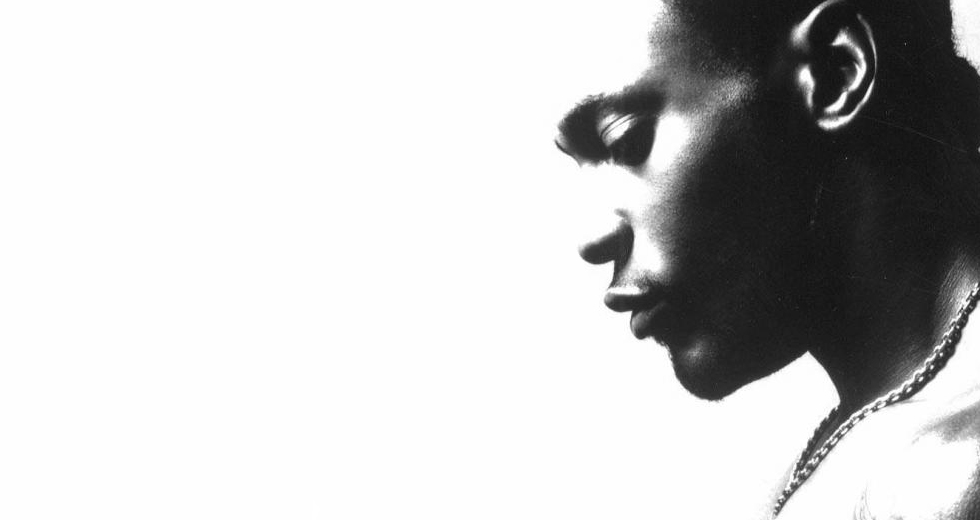Okmalumkoolkat, The South African Kool Keith
Laurent Fintoni details how the rapper’s new collaboration with Cid Rim and RBMA grad The Clonious came to be.
When it comes to multiple personalities in rap, Kool Keith has written the manual. Among all the personas, aliases and characters the rapper has created over the years, Dr. Octagon remains a favourite of many, a hip hop hallucination that presaged the music’s future and whose freaky ethos still echoes to this day in the work of a new generation.
Smizo Zwane switches identities on a daily basis. The young South African resides in Johannesburg, where he juggles being a designer, DJ, producer, MC and father. As Okmalumkoolkat, he has emerged in the past five years as one of South Africa’s most singular voices. Zwane first hit internationally with a string of collaborations with London production trio LV. First was “Boomslang,” an exercise in ingenious minimalism, which was followed two years later by the Sebenza album on which Zwane struck a unique chord by applying his multi-lingual flow and meta-lyrics to club tracks, beatless meditations and hip hop joints.
Collaboration seems integral to Zwane’s working process: In South Africa he’s best-known as one half of Dirty Paraffin, alongside Dokta Spizee. It’s therefore little surprise that his first official solo release as Okmalumkoolkat, Holy Oxygen, is yet another collaboration, this time with Vienna’s Affine Records. Replacing LV as the sonic architects of Zwane’s “rare and wild charisma” is Clemens Bacher (AKA Cid Rim) and Paul Mohavedi (AKA RBMA grad The Clonious), friends with common roots in jazz and hip hop and releases for the likes of Ubiquity Records and LuckyMe.
“These are the second three wise men from the West in my spiritual path.”
“The first were LV,” Zwane explains before pointing to Bacher, Mohavedi and Gregor Lehrl, who introduced them and manages the project. “These are the second three wise men from the West in my spiritual path.” They first met a few years back in “a bit of a posh mall” in the Rosebank suburb of Johannesburg during a winter tour of the country for the two Austrians. They clicked immediately. “It felt like we already knew him.” Zwane, for his part, recalls them being “genuine gentlemen from jazzy Vienna” whose music sounded like nothing he’d heard before.
Geographically, the trio worked “all over the place.” The EP was finished over a period of two years with sessions in Jo’Burg, Cape Town and Vienna, where Zwane stopped by during his first European tour in 2013.
“If you work with a stranger you’d be much more cautious with criticism,” Bacher and Mohavedi explain. They wrote most of the music and all the final arrangements together, an experience that proved challenging for musicians used to working on their own. Ultimately their friendship and musical kinship provided them with the one thing that’s not always easy to find in collaborations: honesty. “It was tough and challenging, but by truly working together we created something that’s more than just 50% Cid Rim and 50% The Clonious.”
Lyrically, Zwane easily jumps between languages. His alternating of words and sentences in his native Zulu, English and Afrikaans is “a magical thing” according to Bacher and Mohavedi. There is also magic in his tales and how he constructs them: urban living and scenes of South African life come to life through rap clichés, braggadocio and plenty of references to the internet, BBM pins, Tumblr and Twitter.
“I believe I am here to cultivate minds and uplift.”
“My love for sci-fi movies, the streets of South Africa and all the cities I’ve been to in the world” provide inspiration for Zwane. He’s driven by “the fact that there isn’t a single Zulu sci-fi movie or book out there or the fact that people are still scared to rap, sing or make extraordinary films in their languages and their own cultures.” Zwane brims with multi-cultural appeal, and sees himself as more than just another MC or artist to emerge from an African country. “I believe I am here to cultivate minds and uplift.” If Dr. Octagon epitomised the 1990s sci-fi obsession with the extra-terrestrial, Zwane can at times feel like a rap version of our current preoccupations with dystopia and cyber punk.
To a generation of kids raised on hip hop outside of America, Zwane represents a type that’s too often ignored within English speaking media: an outsider who’s worldly, self-aware and not afraid to do things differently. Or as the Austrian pair put it, “there’s just nobody like him in the game right now.” With hip hop a global culture now in its fourth decade, projects like this are important to reinforce how universal the music’s appeal is, even when you don’t understand the language. “He reminds us of back in the days when we grew up listening to rap,” Bacher and Mohavedi explain, “we barely understood anything at all because English isn’t our mother tongue, which made it an almost mysterious experience.”
“Let’s run away from boxes,” Zwane tells me when I ask if the new music is hip hop or dance. It’s a sentiment echoed by Bacher and Mohavedi who see categorisation as necessary only to place the record in the right section of a record shop. “We believe it will be received as both,” they go on to explain. “By now, everybody knows that it just doesn’t really matter what tempo you dance to.”
The idea that Zwane could be thought of as a South African version of Kool Keith for the new millennial generation came to me after an interview in 2012 when LV member Will Horrocks compared the two, saying how much the South African MC reminded him of the Dr. Octagon project. Since then I’ve been unable to unhear the comparison. When I tell him this, Zwane is surprised, admitting that even though he never really listened to Keith he knows that “he is one of the greats [though], so I will take that with a bow.”
Holy Oxygen feels like a timely descendant of Dr. Octagonecologist. The music was crafted by a pair of artists with appreciation for the Mo’ Wax school of hip hop, whose fizzing mix of jazz, hip hop and dance music is the perfect counterpoint to the lyrics flowing from an always-on mind. It’s the same energy and charisma that brought Dr. Octagon to life that also animates the music on Holy Oxygen. The murderous doctor was right: “supersonic waves combine and burn as brainwaves.”

